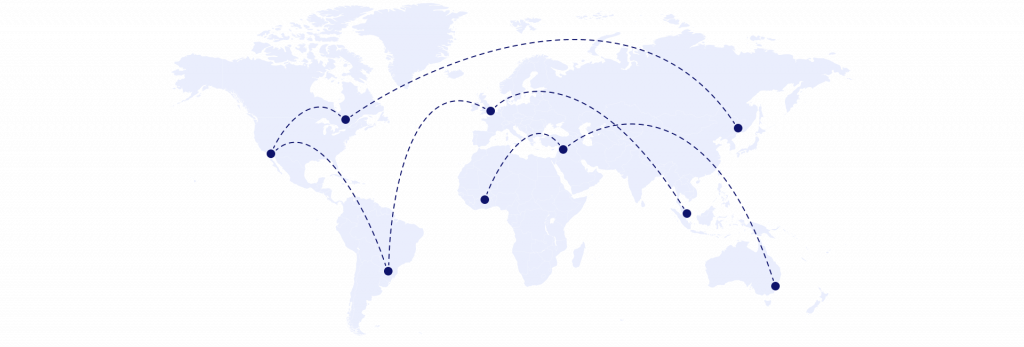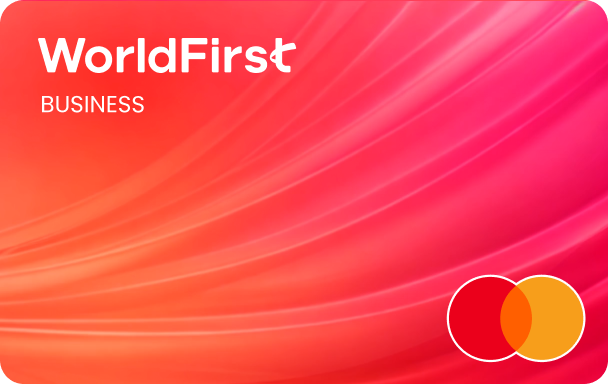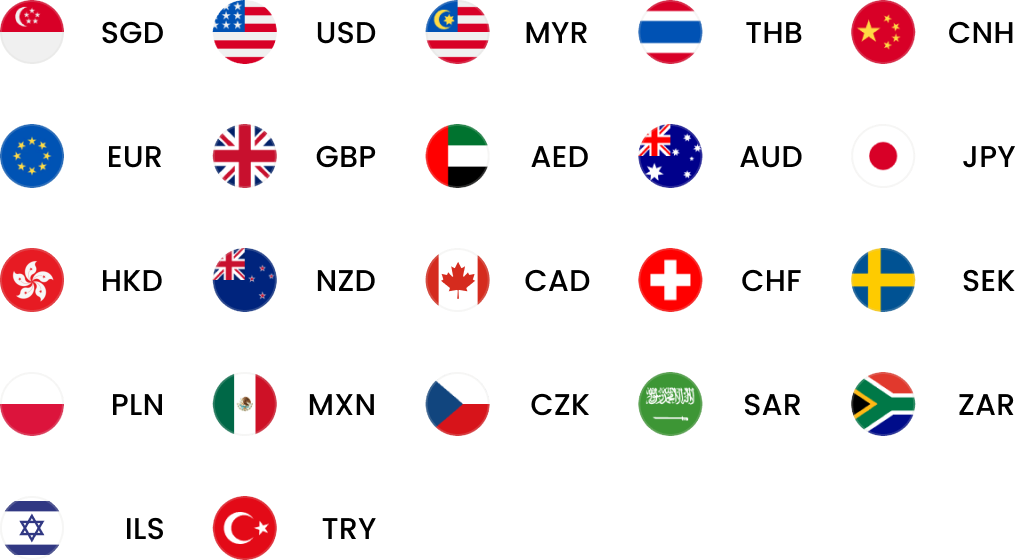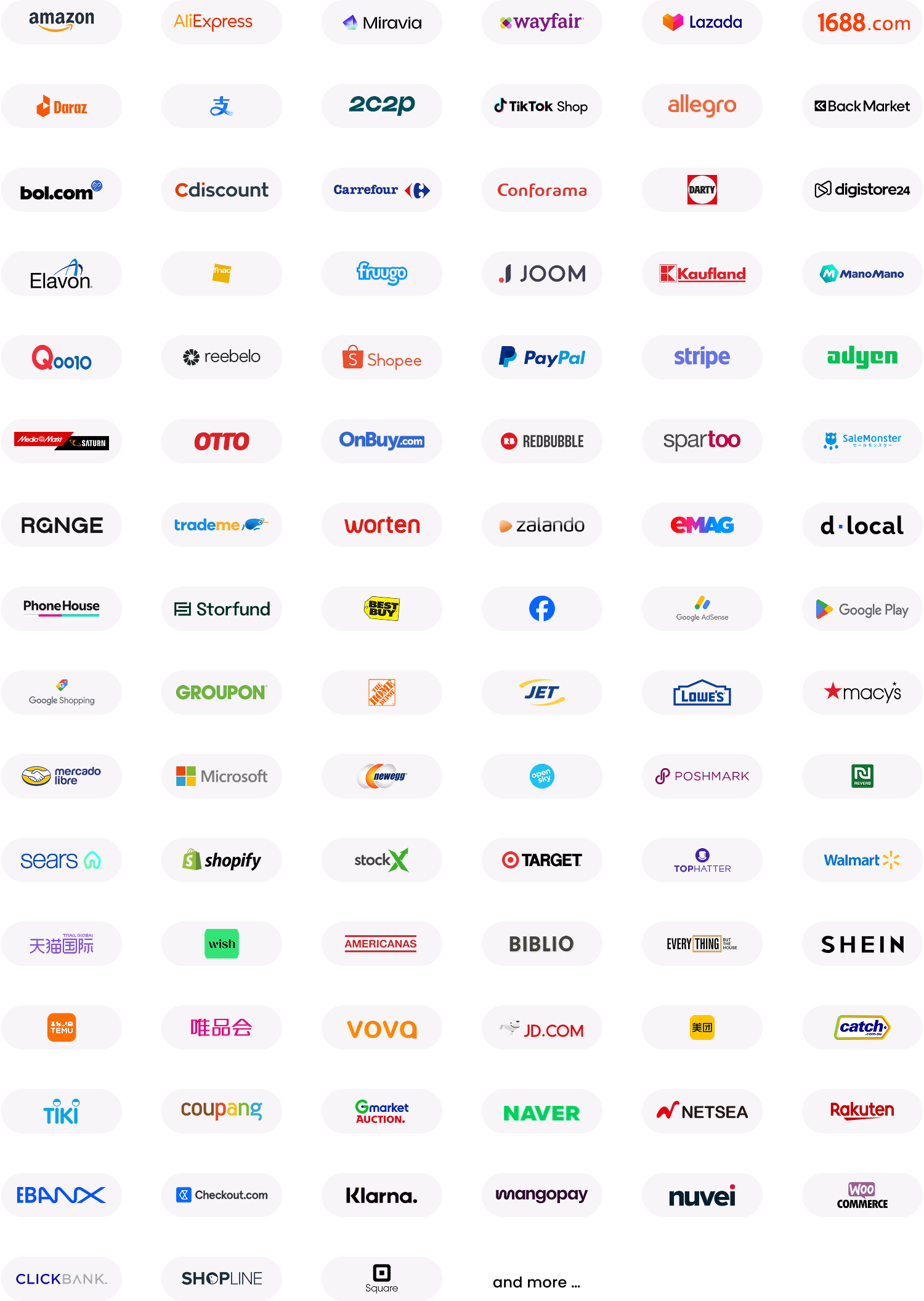How to avoid ‘returned’ payments from China
E-commerce sellers must minimise refunds and returned payments. But how can you reduce the number of returned payments from Chinese suppliers and customers?
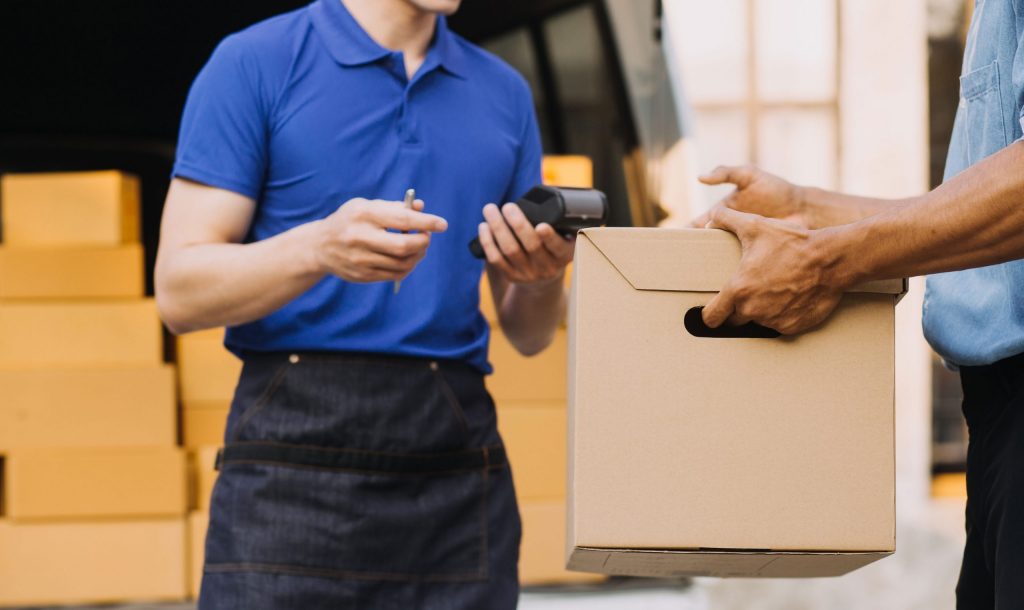
Returned payments and chargebacks can be a real headache for e-commerce sellers.
Unlike standard refunds (where the buyer returns goods with a valid reason), returned payments don’t require justification and can either be genuine or fraudulent. A high number of returned payments – regardless of authenticity – can seriously erode an online seller’s profit margins.
You might regularly attract negative reviews from customers who say they didn’t receive their products. As an off-shoot of bad reviews, sales figures fall, creating a vicious cycle that can be difficult to escape. What can you do as an e-commerce seller to provide a better service and reassure customers? The first step is realising when you are (and aren’t) at fault.
In some cases, returned payments and chargebacks may occur due to circumstances outside of your control. For example, scammers might be abusing buyer protection policies and posing as legitimate customers. Alternatively, your supplier may not have the correct export licence paperwork, causing Chinese regulators to block your payments.
In this article, we offer tips on how you can spot potential scammers and avoid return payments from the Chinese market.
Buyer and seller protection policies aren’t foolproof
Trust in the e-commerce industry has never been higher. Thanks to secure payment processing, and FSCS protection, consumers have fewer concerns about buying from online sellers.
Major payment sites like Paypal also have buyer and seller protection policies that make it easy for users to get their money back if something goes wrong. However, dispute systems often use automation to process their queries, making it easier for unscrupulous buyers to find loopholes in the returns process and exploit online sellers.
For example, you might sell a high ticket item to a customer using Paypal. The buyer provides an invalid shipping address, so the shipping process fails after several delivery attempts. The customer then contacts the shipping company directly and arranges a new delivery to a valid address. A few days later, the customer requests a chargeback from the seller, claiming their shipment never arrived.
In this case, as the seller, you only have proof of an invalid shipping address, making it difficult (but not impossible) for you to dispute the claim and suggest that you may have been scammed. In this case, you would need to make sure that you are signed up for a seller protection program.
Unfortunately, dispute processes take time and can interfere with your company’s cash flow. Additionally, you might not get the resolution you want. It’s generally much better to try to minimise scenarios like this from happening in the first place.
Verify your customer’s information before shipping
As an online seller, you should always practice good cybersecurity and be vigilant regarding suspicious orders. Here are some customer service issues you may want to look out for:
- Don’t allow customers to make partial payments for one item over multiple accounts. Partial payment requests could signify that the customer intends to make a refund request on one of the accounts
- Check that the billing address matches the shipping address, and verify that both addresses are valid using a postcode checker
- Ensure that the recipient signs for their delivery when selling an expensive item
- Always check the email address of customers who contact you with customer service requests. Make sure it matches the customer’s original sales confirmation email. If it doesn’t, it could be a sign the buyer’s account has been hacked
- Block customers who you suspect might be scammers. In many cases, scammers target the same e-commerce seller multiple times
- Open 20+ local currency accounts and get paid like a local
- Pay suppliers, partners and staff worldwide in 100+ currencies
- Collect payments for free from 130+ marketplaces and payment gateways, including Amazon, Etsy, PayPal and Shopify
- Save with competitive exchange rates on currency conversions and transfers
- Lock in exchange rates for up to 24 months for cash flow certainty
Verify supplier details before shipping
To prevent getting too many returned payments from your account, ensure that your international suppliers have the correct export licence paperwork. Suppliers are responsible for complying with regulatory bodies like China’s State Administration of Financial Exchange (SAFE). However, it is your responsibility to ensure they are compliant before doing business with them.
If you source suppliers from a site like AliExpress, most Chinese manufacturers will have the correct export licence and will be happy to share the proof with you. Make sure you verify your Chinese supplier’s licences and risk management policies before signing a supplier contract. There are third-party agencies that can help you with the process of setting up and checking international supplier agreements. Paperwork like export licences can be tricky to verify, as official documentation from China is written in Chinese.
It’s also important to note that China has two currencies (CNH and CNY). CNY is the regulated domestic currency that is used for trade within the Chinese mainland. CNH is used for business outside the Chinese border. A Chinese supplier licensed to trade with international companies will accept CNH as payment for their services. If suppliers are not authorised by SAFE (State Administration of Financial Exchange), international payments in CNH will be blocked, and your money will be refunded.
Be prepared to verify your business
In some cases, if you are making a payment to a Chinese supplier, you may also be asked to provide proof of the transaction to SAFE. Under SAFE’s guidelines, they may inquire about the buyer’s authenticity and supplier’s rationality of receiving payment, as part of their due diligence.
Ensure that you have the details of sales contracts, commercial invoices, customs declarations etc at hand in case your Chinese supplier’s bank requests them. Failure to provide documentation requested within an allotted time frame could result in your payment being blocked, and your funds returned.
Finally, if you’re importing goods from another country, make sure that you are also compliant with import declarations and have paid your duties and taxes. If your goods are held up at the border, a customer may declare a failed delivery chargeback request on their credit card – which will likely be granted by their credit card company.
Send and receive payments securely
Whether your supplier in China wishes to be paid in CNH, HKD, or EUR, a World Account from WorldFirst can enable same-day or next-day payments easily (subject to cut off times).
Feel confident in pre-paying future invoices to Chinese suppliers. WorldFirst enables you to lock in a favourable exchange rate on CNH funds for a period of up to 24 months.

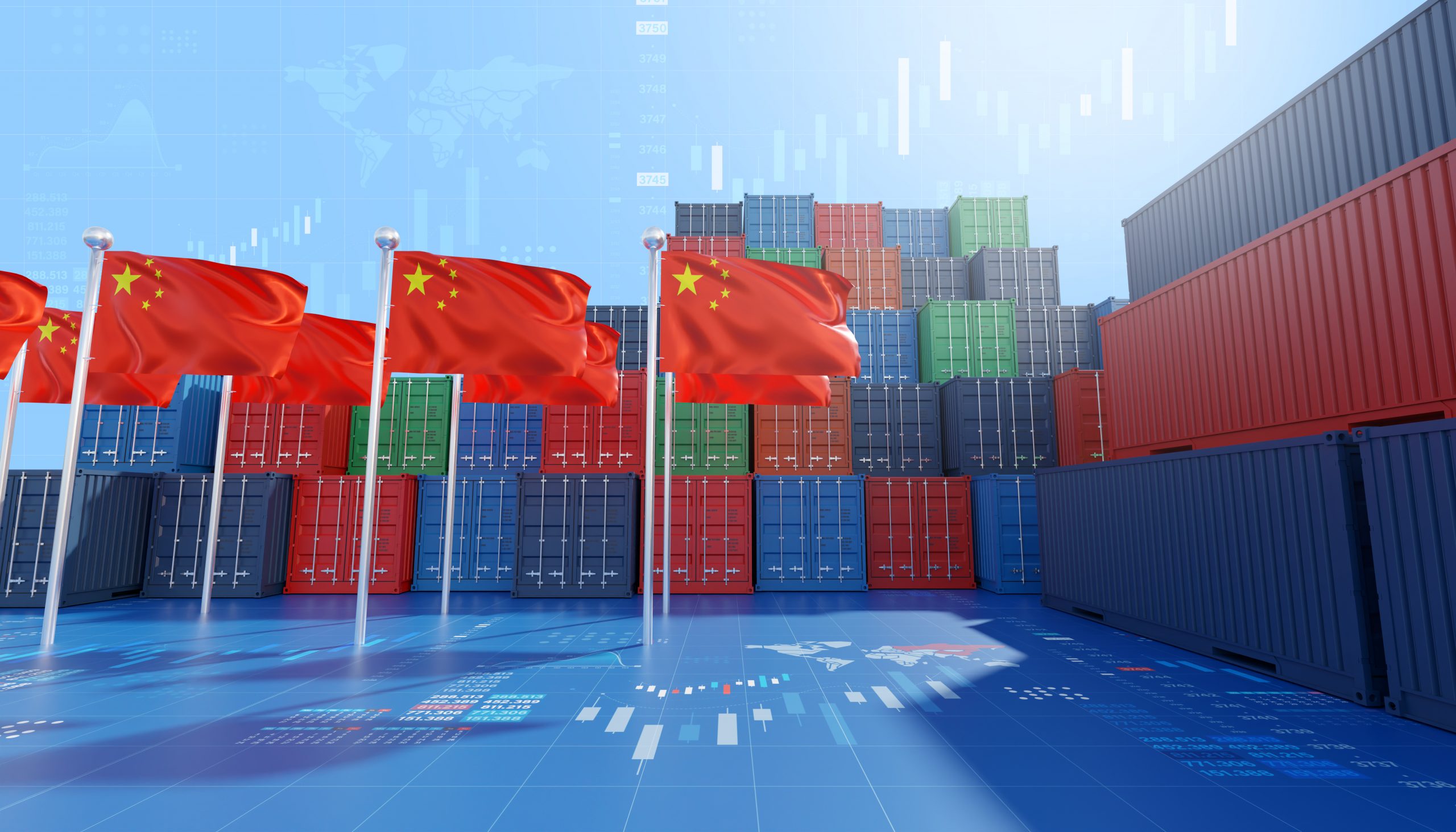
Importing from China to Singapore: How to keep costs low and suppliers happy
If you’re importing from China to Singapore, there’s lots to consider. We share how to get started and why you need a multi-currency payment solution.
Jun / 2025
1688.com: how to source wholesale supplies from Alibaba’s B2B giant
Looking to source from 1688.com? Learn about how WorldFirst can help you source from one of the largest marketplaces in China.
May / 2025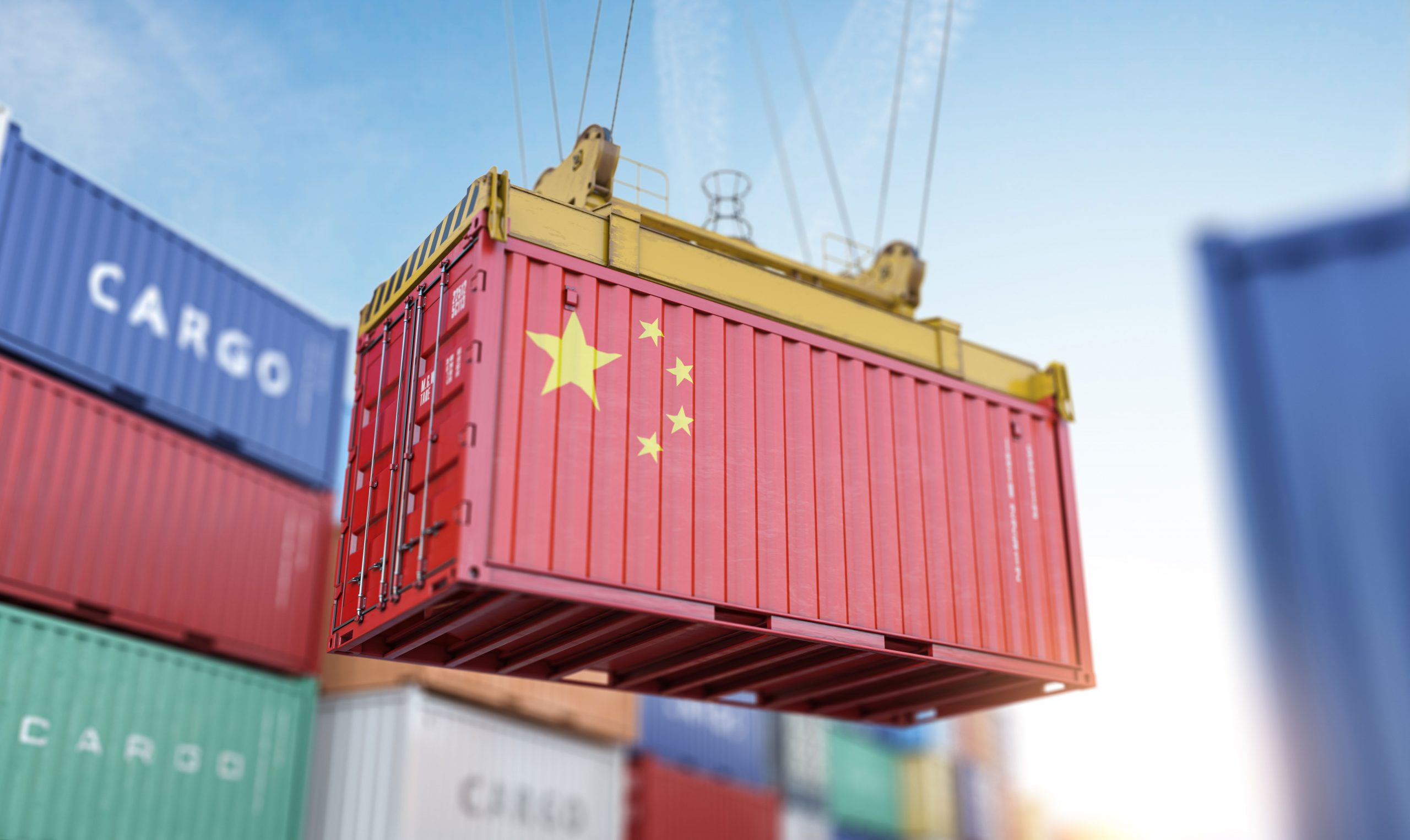
What is a China export licence (and what are the requirements?)
In our latest guide, we look at everything to do with China export licenses – who needs them, what for, and how to make sure your partners have one.
May / 2025- Almost 1,000,000 businesses have sent USD$300B around the world with WorldFirst and its partner brands since 2004
- Your money is safeguarded with leading financial institutions
